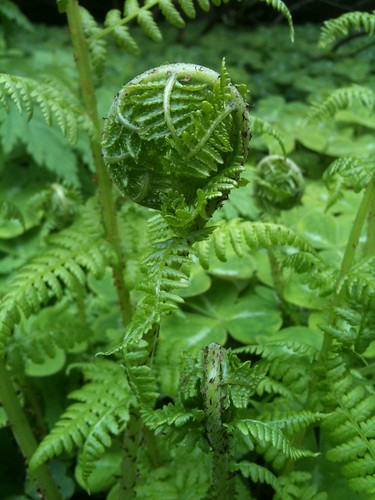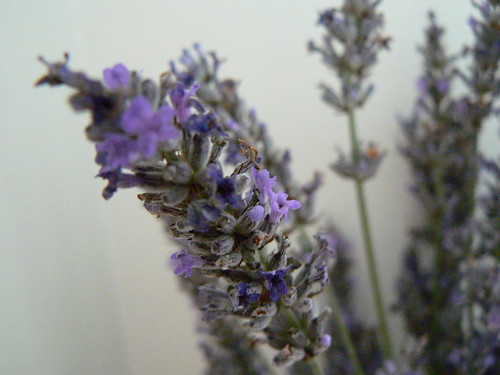Fougere Week May 7-11
Fiddleheads. Ferns. Rhododendrons. Lilacs. Spring's awakening... Best time to learn perfumery in Vancouver!
This week I'm excited to be teaching my Fougere week long course, where students will be learning about the history of this fragrance family, raw materials, composition and how to attune their noses to the many wonderful scents in the air!







